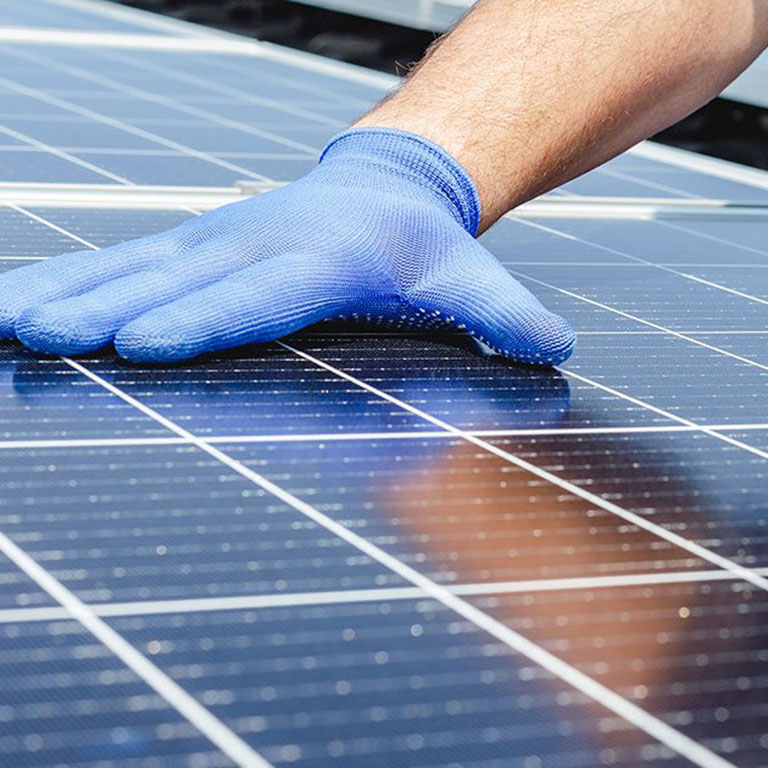Indiana is making efforts to shift to more clean and renewable energy sources, while also attempting to expand access to these services. In doing so, state leaders must not lose sight of how these changes impact historically marginalized and low-income communities.
For example, these groups often have greater energy cost burdens due to lower incomes and may not have easy access to new forms of energy, such as electric vehicle charging stations or solar panels. Low-income communities, racially minoritized, and rural communities often face higher energy cost burdens. The state could help offset these costs by incentivizing solar panel installation and using Low-income Household Energy Assistance Program funds to expand access to these and other energy- and cost-saving options.
Nationwide, middle-income households make up 48% of solar energy use while low-income households account for only 15%. Researchers also recommend the state establish socially and environmentally vulnerable communities as Environmental Justice Communities. Doing so could help the state better engage with these communities to ensure equitable access to alternative energy options.



